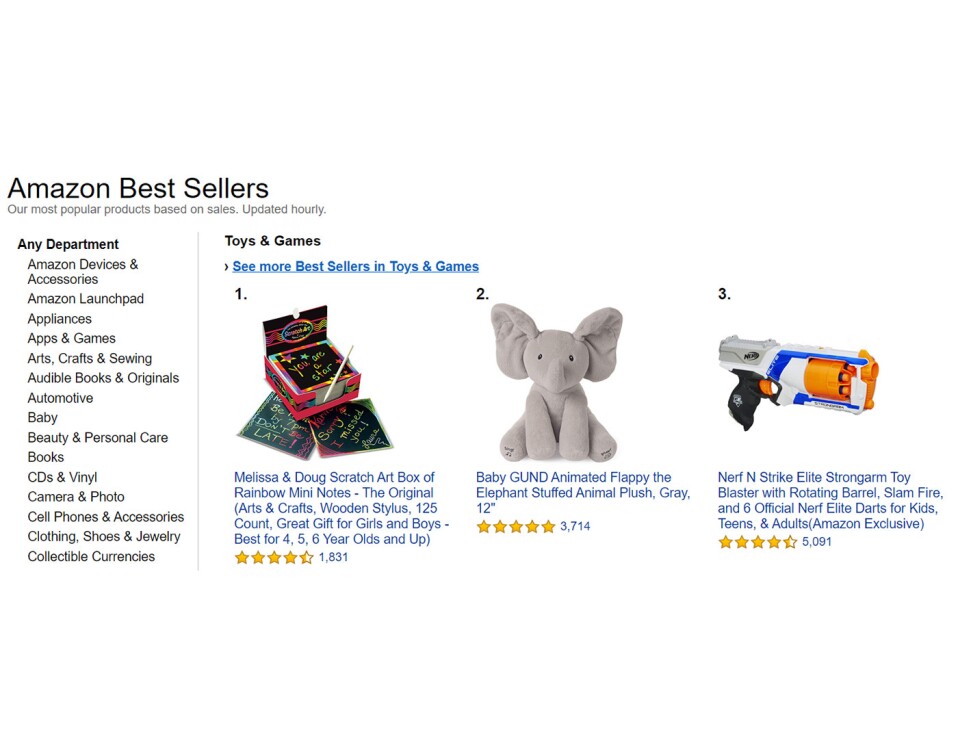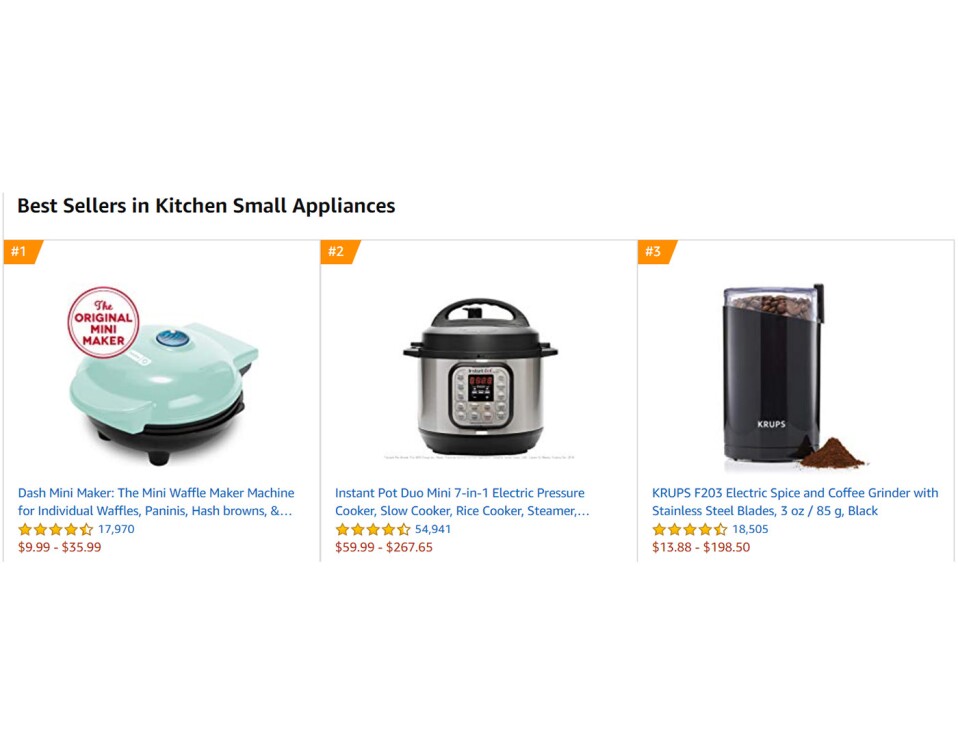Don’t you hate it when a store has run out of something you need? The last-minute toy for a birthday party, your favorite breakfast cereal, or shoes in your size? Store owners hate that, too, because they can’t provide you what you want. So how do store owners avoid disappointing you? Data.
For as long as there have been stores, retailers have studied what their customers purchase. Things like what sells and when, what customers ask and search for, which brands are on the rise, and what advertising and promotions get customers in the door. Store owners know all of this and more by paying attention to their customers; store loyalty cards are just one example of how traditional brick and mortar stores keep track of their customers’ shopping habits. This knowledge lets them offer the products you want when you want them. Just like other stores, we use information to feature the products customers want, help customers find great products, and make sure we have enough inventory.
All of the data anyone might need to complete a very thorough analysis and to do accurate product research for products they might wish to sell, is readily available to anyone through a variety of services. But we don’t stop there. We also use store data to help the millions of independent sellers who now make close to 60% of the sales in our stores. For example, we use data about shopping trends in our store to promote products from our independent sellers and highlight their offers through features like best-seller lists, related product recommendations, and customer reviews.

We also provide data directly to independent sellers to help them manage their businesses, and give key insights like whether they are running low on inventory or missing sales because others have better prices. We give them a wealth of data about their own sales, the number of customers viewing the products they sell, and their conversion rates.

We don’t only share store data with our independent sellers. We also go further than any other retailer and tell the world what is selling well in our stores. Every single product lists its sales rank on its product page, and we have published lists of best sellers for all the world to see. Want to build the next great electric pressure cooker? It’s easy to see which ones are popular in our store. This transparency is part of what makes the Amazon store a great place to launch or grow a brand.

All of the data anyone might need to complete a very thorough analysis and to do accurate product research for products they might wish to sell, is readily available to anyone through a variety of services. We firmly believe we provide more data to help independent sellers and brands than any other store, and that is one of the reasons independent sellers have been so successful in the Amazon store. But, we recognize independent sellers and brands also have many other sources of data including insights into the world of shopping that happens outside our store. In the U.S.—where we have our largest store—the majority of retail purchases happen in other stores. Amazon only represents about 4% of retail sales, and independent sellers often turn to third-party business intelligence firms like Nielsen, NPD, and many segment-specific data providers, to get insights to grow their businesses. These firms aggregate shopping behavior across stores, providing broad insight into entire industries so that independent sellers can find detailed data like average sales price, total units sold, and revenue on tens of thousands of the most popular products.
Just like our independent sellers and other retailers across the world, Amazon also uses data to run our business. We use aggregated data to continuously improve our store for everyone, such as by ensuring that we keep our most popular products in stock, creating store brand products that offer great value to customers, or connecting customers to great new products through automated merchandising. And of course we use information about individual sellers to protect our customers and independent sellers from fraud and abuse. But what we don’t do with data is as important as what we do. While aggregating data across our store, including sales by our Retail business and independent sellers, helps us delight customers and support the success of independent sellers, we’ve long recognized that sellers entrust data specific to their business with us, and we take that trust seriously. We have strict policies that forbid our own private brand teams from using individual seller data. We train the teams on these policies and audit the teams’ compliance with them. Our approach allows us to improve our store while protecting the things sellers care about most: ensuring that their individual pricing plans, inventory levels, and sales histories are not shared with other parties or used to compete with them.
Our continued success depends on providing a great experience – not only for our customers who benefit from wider selection and increased competition that helps keep prices low—but also for independent sellers, which means protecting their proprietary information while providing the data and tools they need to grow their businesses.










